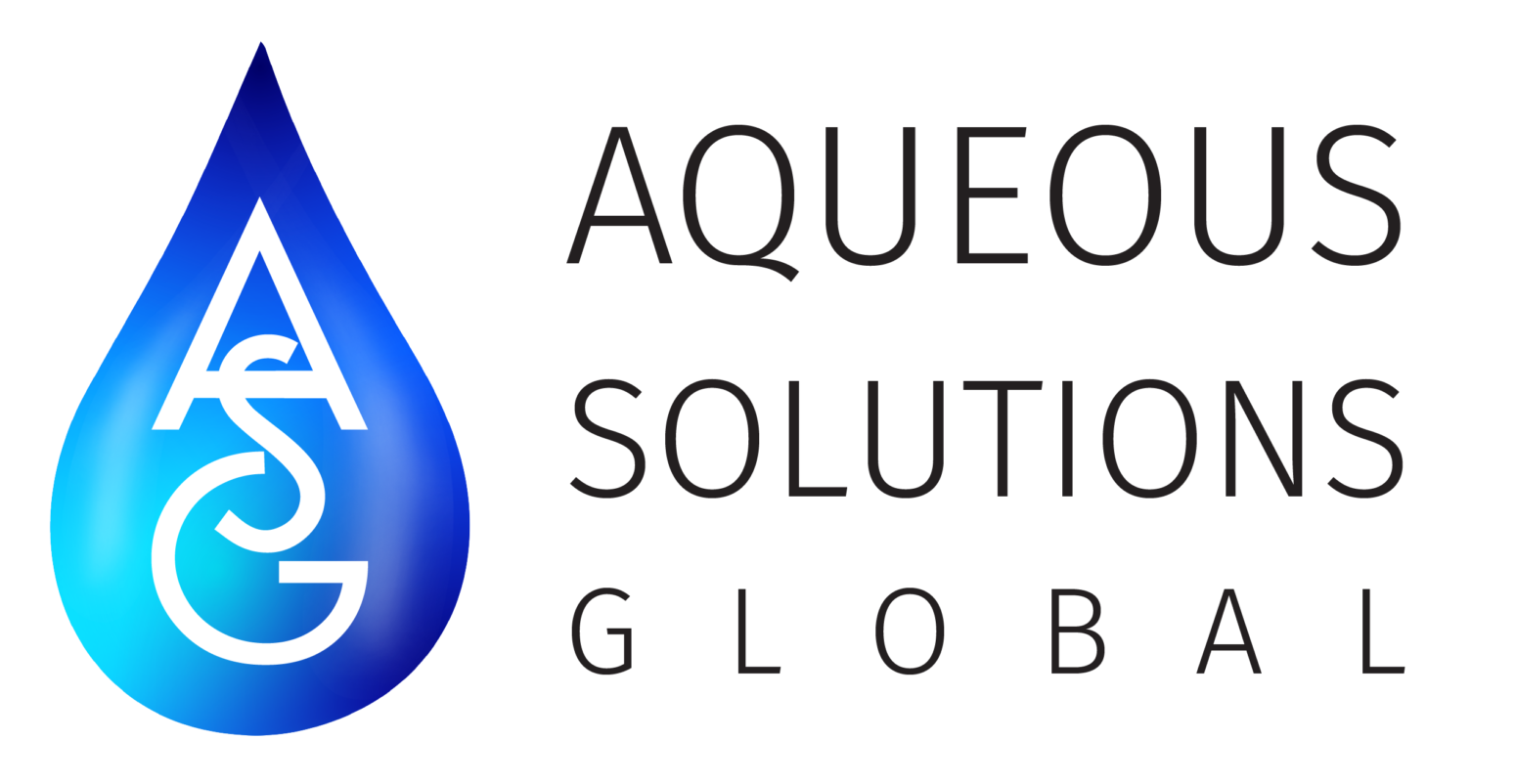Water is in short supply.
Millions of people lack access to a reliable source of pure, drinkable water. More than 2 billion people don’t have good sanitation. It has been reported that by the year 2050, the demand for water may grow by as much as 55 percent.
Water has been described as the “new oil” of the 21st century — a natural resource with a finite supply and subject to a steadily increasing demand.
It’s not just the quantity of water that’s at issue. The United Nations’ Food and Agriculture Organization has estimated that less than 1 percent of Earth’s total water supply is available for drinking. Some water exists as ice, or salt water, or water vapor in the atmosphere. Some of the supply is contaminated by chemicals, industrial waste, algae or bacteria.


